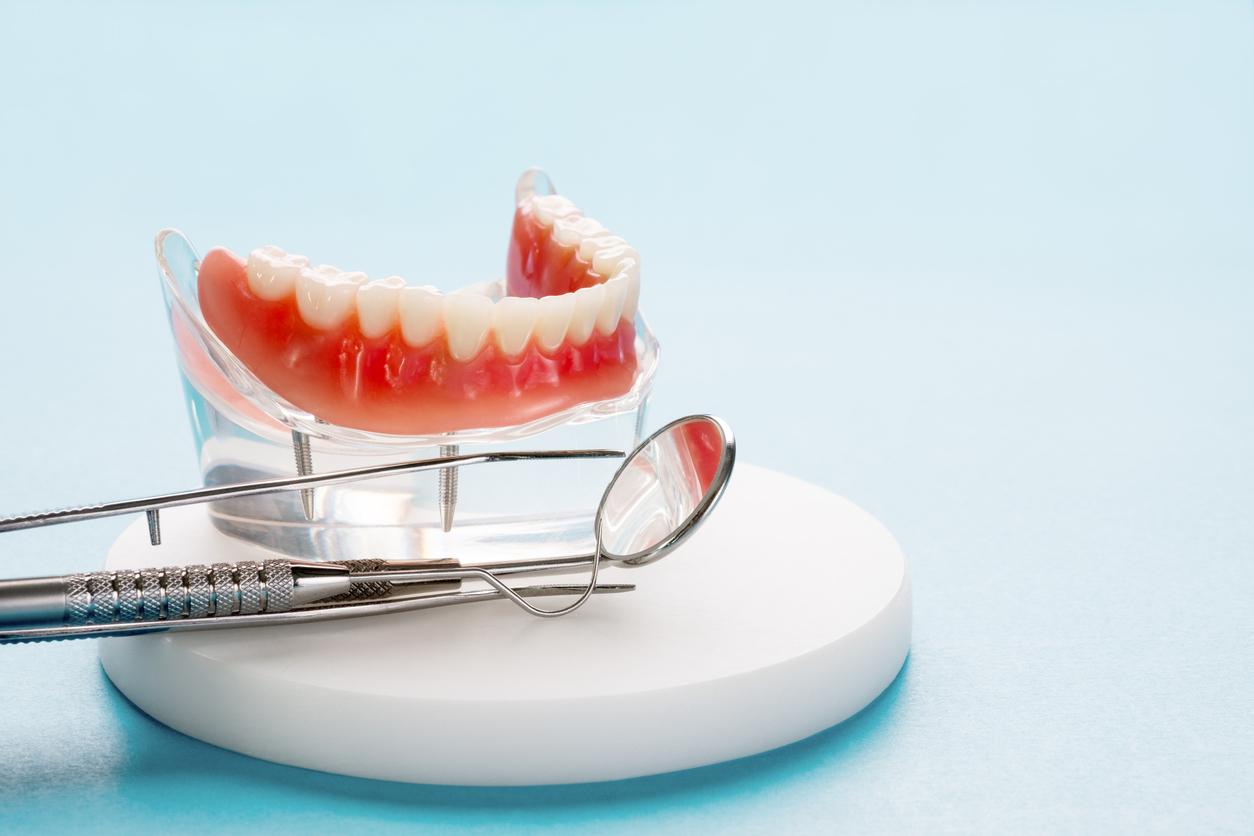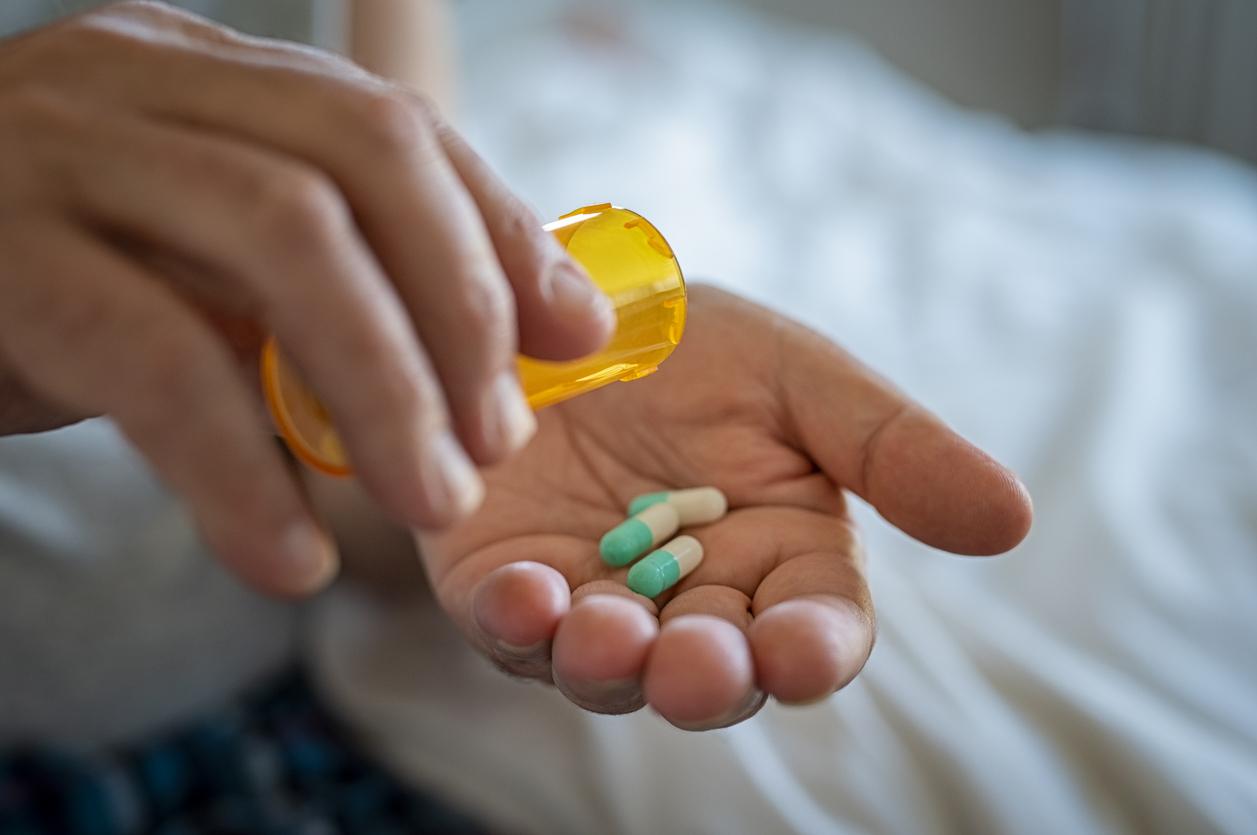
Inflammation due to streptococci or staphylococci
It is a very annoying skin condition that mainly occurs on the lower legs, arms and the face: erysipelas. The skin becomes red and painful due to inflammation of several layers of the skin. You can often easily recognize erysipelas.
The name wondrose actually says it all: it is a serious bacterial infectious disease of the skin and subcutaneous fatty tissue around or near a wound. It is also called bell dandruff, cellulite or erysipelas. Actually, cellulite and erysipelas are not quite the same, but the distinction is difficult to make. Cellulite should not be confused with the well-known ‘orange peel’. The latter is officially called cellulite.
bacteria
The inflammation is caused by bacteria, usually streptococci or staphylococci. The bacteria enter the body through a wound such as a scrape, burn or surgical wound, but also through a pimple or fissure. You usually find erysipelas on the legs, arms or face.
Sometimes the bacterium enters the body through a wound, for example on the toe, and you get the inflammation in the lower leg. The wound rose is therefore not always directly around the wound. In erysipelas on the face, the bacteria can also come from the ears, nose or sinuses.
Symptoms
When you become infected by the bacteria, a red spot develops that quickly enlarges, usually on one side of the body. In addition to being red, the spot often becomes warm, thick and painful. Blisters or blisters may also appear. With erysipelas you often suffer from a fever and you can become shivering and nauseous. Sometimes the lymph nodes are swollen: erysipelas in the leg, for example, often results in swollen lymph nodes in the groin.
The risk of erysipelas is greater when fluid accumulates in the lower legs. Children are also more likely to experience it. Furthermore, people with diabetes and heart failure usually become very ill with the inflammation.
To treat
If you come to your doctor with erysipelas, he will prescribe a course of antibiotics. You can take paracetamol for pain. This can not hurt in combination with the antibiotics. Sometimes the wound will also need to be treated. In severe cases, hospitalization is sometimes necessary.
It is wise to give the affected area as much rest as possible. It is best to put a leg with erysipelas up. With an inflamed spot on the arm, a sling helps to keep it still. If the wound is not yet completely clean or if there is pus, a wet bandage can also be pleasant.
Good hygiene
With an infection such as erysipelas, it is important that you do not spread the bacteria. In this way you prevent (re)contamination of yourself and others. Leave the inflamed area alone. Scratching and rubbing are not allowed. Good general hygiene is also important: wash your hands regularly with soap, keep nails short, use your own (clean) towel and wash yourself well.
If you often suffer from erysipelas, you should regularly check the skin for wounds and prevent damage as much as possible. Discover a possible wound as soon as possible and take good care of it. Do you suffer from fluid in the lower leg? Then wear a compression stocking to reduce the moisture.
And then?
After the start of the course of antibiotics, the skin can remain red for at least two weeks. Once the skin heals, there is a risk of peeling. The doctor will usually ask you to come back for a check-up. If the pain or fever worsens or if you are unable to take the medication, it is wise to contact your doctor again.
Sources):














